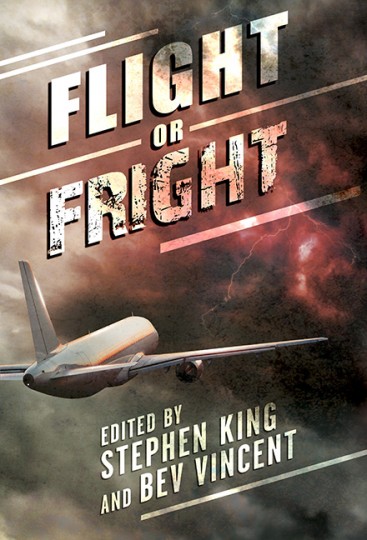![]() The Leftovers (HBO) begins where most speculative fiction ends. Once the characters in a horror novel defeat the Big Bad, the story wraps up quickly. You don’t often get to spend time with them to see the lasting impact of the experience.
The Leftovers (HBO) begins where most speculative fiction ends. Once the characters in a horror novel defeat the Big Bad, the story wraps up quickly. You don’t often get to spend time with them to see the lasting impact of the experience.
The events of October 14 that are so integral to the story are long over before the show starts. What was behind the sudden departure of 2% of the planet’s population at that remarkable instant in time? The show will never answer that question, because that’s not what it’s about. The characters might seek the answer, but they won’t find it.
The big picture question of The Leftovers is: how do individuals and society respond in the face of something inexplicable. The departure isn’t apocalyptic. Society isn’t decimated and, for the most part, can continue to function as before. Most people know someone who departed, or know someone who knows someone. If you worked in a company with a hundred employees, a couple might have vanished, but business can continue, with a few adjustments. If you worked in a company with ten employees, maybe no one vanished that day.
Owing to the vagaries of randomness, though, there can be clusters. Nora Durst lost her husband and both of her children that day. She was in the kitchen making breakfast and they were at the table in the adjoining room. One minute they were there; the next, they weren’t. It’s easy to take the event personally when something like that happens.
Then there’s a place like Jardine, TX, the only town where absolutely no one vanished. Again, random chance can explain this apparent aberration, but the residents choose to see it as a sign that they’re special. People flock to the town to drink the water or see if there’s something about the town that can help protect them if the departure happens again. Residents keep doing the same thing they were doing on October 14, like superstitious athletes warding off bad luck.
A lot of people are concerned with identifying the commonality among the departed. The government sets up a questionnaire to look for trends. Did everyone who vanished have blood type B-, for example? The questionnaire is far-ranging, because no one has a clue. It probably wasn’t a Biblical rapture, because some of the people who vanished weren’t very nice, and some of those who remained behind are. One minister makes it his mission to demonstrate that fact. A lot of people are invested in lending some meaning to the incident. Others are equally determined to show that it had no meaning, and neither does life in general. People go crazy. They commit suicide. They abandon their families and join cults. Some of them realize the inefficacy of the cults and attempt to rejoin their families.
For most people, though, life goes on. Society continues to function. But everyone is a little bit less confident. The ground feels less solid, as if it might disappear from underfoot without warning. There’s no denying the departures. It’s not like vampires in a small town that are ultimately defeated. As the Season 2 opening credits demonstrate so well, there are a lot of gaps that can’t be filled or explained. It happened. Now people have to deal with it, each in his or her own way. It’s one of those moments everyone has a story about. Where were you when everyone vanished?
The show doesn’t exactly have a through-line. There’s no goal. No problem to be solved each season. It’s all about the characters. Many of the episodes are more-or-less stand-alones, although dependent upon our understanding of the featured characters. It’s a rich world peopled by characters of every type imaginable. The show allows viewers to come to conclusions and doesn’t spoon-feed every detail. What exactly was the first fifteen minutes of the first episode of Season 2 about? How did it relate to the rest of the show? You’re free to draw your own conclusions. There is no answer.
There are no answers.

